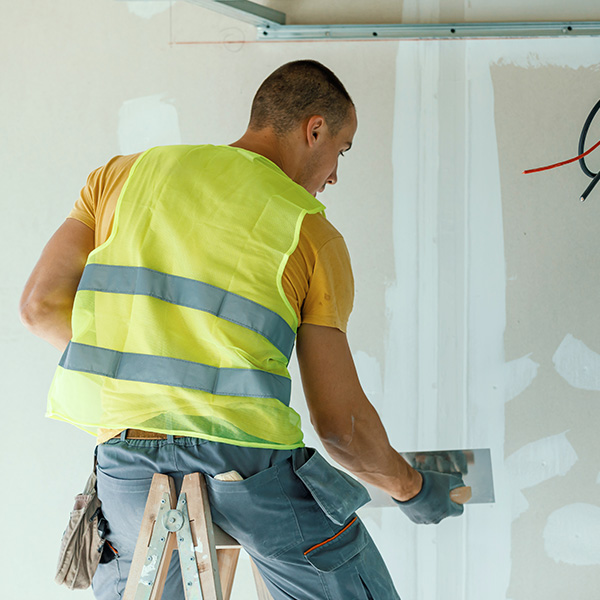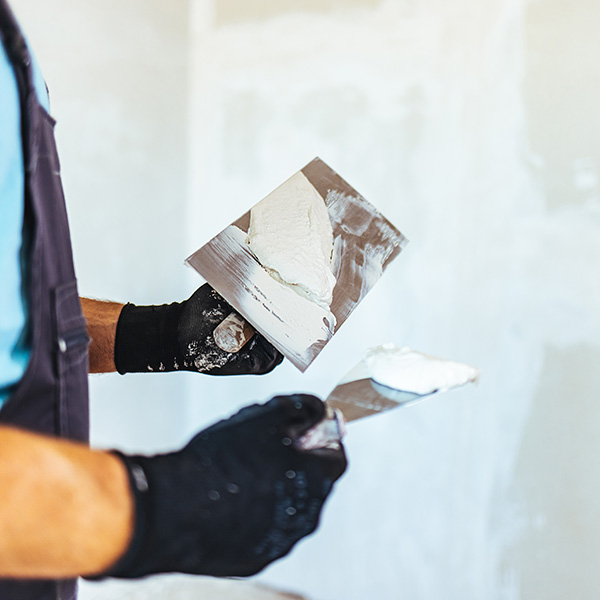Professional Drywall Repairs
Drywall Repairs for Professional Maintenance in Phoenix and Surrounding Areas in Maricopa County
Trust American Restoration Specialists to care for your home or business with our elite improvement services. Our property maintenance in Phoenix and Surrounding Areas in Maricopa County includes residential and commercial drywall repair. We repair and replace wall and ceiling materials compromised by water damage, bad installation, and general wear and tear. Our goal is to restore your drywall to pristine condition and restore your property’s structural integrity and safety.

What Causes Drywall Damage and Deterioration?
The reasons for drywall damage include, but are not limited to, the following:
- Moisture and Water: Leaking from your plumbing, roofing, or windows can cause water stains, soft spots, and mold or mildew growth.
- Pests: Termites, critters, and other pests enjoy eating through drywall, creating cracks and tunnels that harm its structural integrity.
- Poor Installation: Improper installation techniques, like inadequate fastening or taping, can lead to issues like nail pops or exposed beams.

Our Comprehensive Drywall Repair Services
Here’s what we can do for your drywall:
- Hole Patching: We patch, fill, and cover holes and dents caused by nails, screws, and other impacts.
- Crack Repair: Using joint compound or spackle, we can fill cracks and crevices to reinforce and repair your wall.
- Skim Coating: This service involves applying joint compound on the entire wall to smooth out surface imperfections.
- Retexturing: If your drywall’s finish is textured, we can reapply texturing to repaired areas to ensure they match the rest of the surface.
- Drywall Painting: Our painting services can include drywall, giving it a brand-new look and covering aesthetic flaws.
Should I Have My Drywall Inspected?
Drywall is essential to your home, providing support and reinforcement for your walls and ceilings. If yours is damaged or deteriorating, it can have a negative impact on these structures. It can also indirectly cause roofing problems. We recommend having yours inspected if you notice water spots, stains, or mold growth on them. Small instances of water damage or mold can indicate a more significant, hidden issue. If you notice signs or symptoms of drywall disrepair, our team will gladly arrive at your property to inspect and determine the issue.
